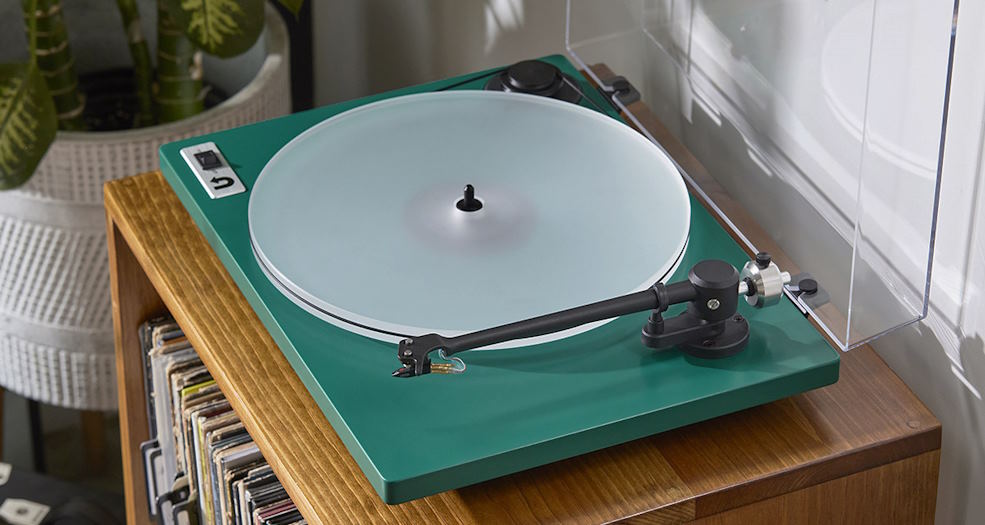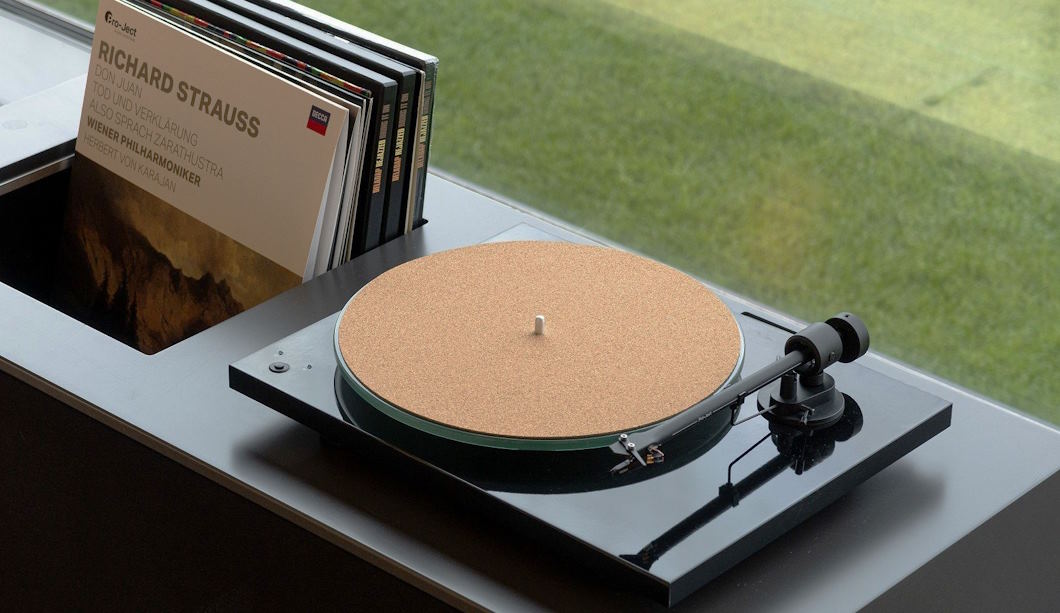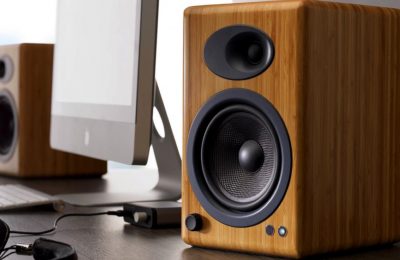The resurgence of vinyl records in recent years has brought a renewed focus on the intricate components that contribute to the rich and nostalgic audio experience offered by turntables. Among these components, the often-overlooked yet crucial element is the turntable belt. A small, seemingly inconspicuous part, the belt plays a pivotal role in the performance of a record player.
The Influence of Belt Material on Turntable Speed Stability
Understanding the delicate balance of turntable speed is paramount in the pursuit of pristine audio quality, and the choice of belt material emerges as a decisive factor in this equation. Different belt materials exert unique effects on the accuracy of turntable speed, directly influencing pitch stability and overall audio quality.
Rubber belts, recognized for their affordability and elasticity, often contribute to a warm and mellow sound. However, their flexibility can introduce fluctuations in speed over time, impacting pitch accuracy. Silicone belts, on the other hand, offer a more stable rotational speed, contributing to a cleaner and more precise audio output. Polyurethane belts strike a balance between the two, combining stability with durability.

The impact on pitch stability transcends mere technical nuances, profoundly affecting the listening experience. Unstable speed can introduce subtle variations in pitch, disrupting the intended musicality of a track. Audiophiles seeking a consistent and faithful reproduction of their vinyl collection must weigh the trade-offs associated with each belt material.
Examining popular record players unveils the diverse preferences in the industry. Belt driven record player like the classic Rega Planar 3 often opt for rubber belts, while high-end models like the Clearaudio Innovation use precision-engineered polyurethane belts. The choice of belt material thus becomes an integral aspect of selecting a turntable that aligns with one’s desired sonic characteristics and performance expectations.
Durability and Longevity of Belts
The longevity of a turntable’s performance is inherently tied to the durability of its components, and the choice of belt material plays a pivotal role in this delicate balance. Various belt materials exhibit distinct wear and tear characteristics, influencing not only the lifespan of the belts themselves but also the overall durability of the record player.

Rubber belts, while economical, may succumb to wear and stretching over time, potentially requiring more frequent replacements. In contrast, silicone and polyurethane belts are renowned for their robustness, with superior resistance to wear, tear, and deformation. The durability of the belt material directly translates into the longevity of the turntable, reducing the need for frequent maintenance.
The implications of belt durability extend beyond the reliability of the turntable; they also influence the cost of ownership. Investing in a more durable belt material may initially incur a higher cost, but the long-term savings from reduced replacements and maintenance can outweigh the upfront expenses. Audiophiles seeking a cost-effective and low-maintenance solution may find value in exploring the durability aspect of different belt materials when selecting their ideal turntable.



